Suitable for hand-brewed coffee beans recommended in Ethiopia's Yega Sheffield Damorim producing area.

Professional coffee knowledge exchange more coffee bean information please follow the coffee workshop (Wechat official account cafe_style)
The third coffee bean suitable for hand-brewing is AFCA, which is the third most suitable for hand-brewing coffee beans.
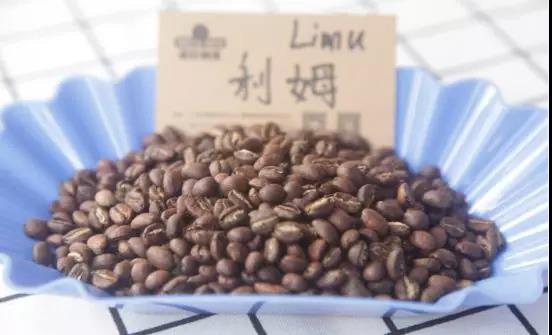
★ strawberries, passion fruit, wine ripe fruit, delicate and charming finish
Coffee country: Ethiopia
Coffee producing area: Lim
Birth: sounds of nature
Coffee varieties: native species
Sea pull: 1900m
Grade: third place in AFCA
Treatment method: solarization treatment
Baking degree: shallow and medium baking
Brewing utensils: commercial espresso, American pot, hand coffee, siphon, mocha pot
Brewing cooking method:
1. Grinding thickness: small Fuji scale 3.5, about the size of granulated sugar.
two。 Powder-to-water ratio: at 1:16, the total amount of water injected is 240 cc, 15 grams of coffee.
3. Temperature of boiling water: 88 min, 90 degrees.
4. Extraction time: total time 1 minute 55 seconds. Pour water into 30cc and steam for 30 seconds. Inject water until 240cc stops, remove the filter cup in 1 minute and 55 seconds.
* above take Hario filter cup as an example, and the parameters will change according to different equipment conditions *
Flavor description: strawberry, passion fruit, wine ripe fruit, delicate and charming finish.
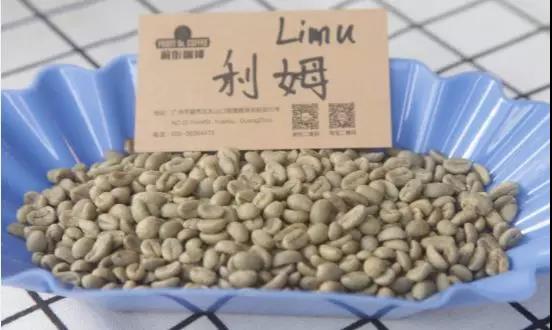
The baker said: Lim, Ethiopia, has always been a little-known producing area, and Lim, whether washed or tanned, has always been our favorite producing area, and the flavor has been improving every year since 2010. This year this Lim went to the local Cossagesi Farm to take part in the AFCA African boutique coffee competition and won the third prize. However, its flavor, like the sounds of nature, is deeply fascinating.
Production area introduction

Generally speaking, Limu producing areas are mainly water-washed beans, which taste milder than those in Sidamo, often with citrus characteristics; although not as famous as coffee from Sidamo or Yegashifi, they also produce coffee beans with many flavor features.
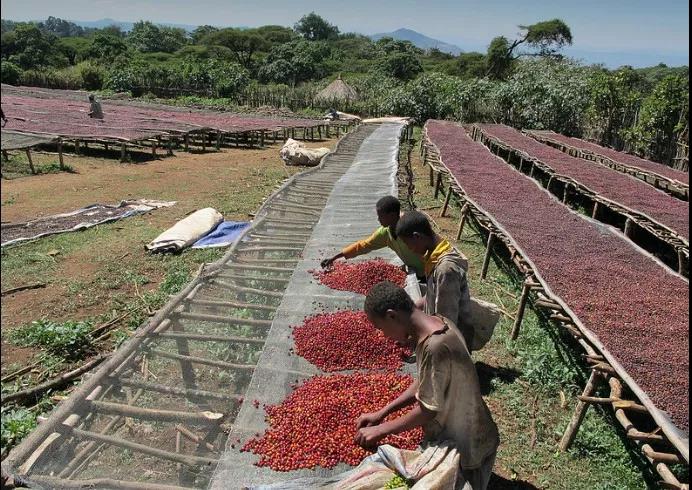
The output of lim is low, and it is mainly exported to Europe and the United States. It is not easy to buy in China in the past, but it is very popular in Europe and America, and its fame is second only to Yega Xuefei. Lim's taste spectrum is different from that of Sidamo and Yega Chuefei: its body is thinner, and its floral and citrus aromas are inferior to those of Yega and Sidamo, but with a hint of grass and cocoa and sandalwood.
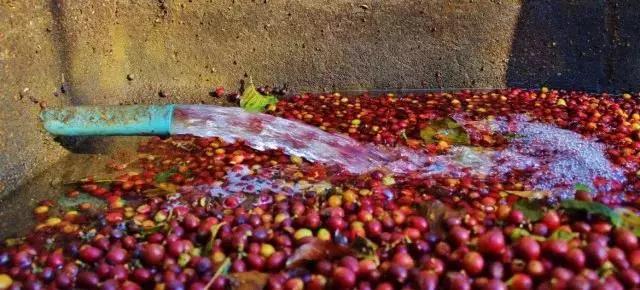
Friends who often taste Yega Xuefei and Sidamo coffee with hand-made coffee beans have a different cup of washed coffee from Limu to add a different coffee topic. Coffee varieties are native to Ethiopia (Heirloom), and local small coffee farmers grow them in a 100% organic way. Hand-brewed coffee beans
Hand-brewed coffee beans
Soil is Vertisols soil. Hand-brewed coffee beans
Hand-brewed coffee beans
Important Notice :
前街咖啡 FrontStreet Coffee has moved to new addredd:
FrontStreet Coffee Address: 315,Donghua East Road,GuangZhou
Tel:020 38364473
- Prev
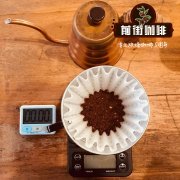
What coffee beans are suitable for hand brewing coffee in Limzilo, Ethiopia?
Professional coffee knowledge exchange more coffee bean information please follow the coffee workshop (Wechat official account cafe_style) Ethiopia Limu Gera G1 Washed Ethiopia Limjilo washing G1 country: Ethiopia production area: Lim altitude: 1850M-1900M treatment: washing grade: G1 variety: Heirloom flavor description: Apple
- Next
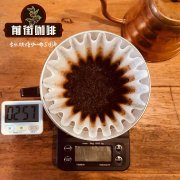
Coffee beans suitable for hand flushing what coffee beans do you use? Ethiopian coffee, Gemma organic coffee.
Professional coffee knowledge exchange more coffee bean information please follow the coffee workshop (Wechat official account cafe_style) click to see more hand-brewed coffee beans Ethiopia Jima Akmanu calendar sun (organic certification) Ethiopia Jimma Akmel Nuri natural (organic certificated) producer: Ethiopia production area of Ethiopia
Related
- Detailed explanation of Jadeite planting Land in Panamanian Jadeite Manor introduction to the grading system of Jadeite competitive bidding, Red bid, Green bid and Rose Summer
- Story of Coffee planting in Brenka region of Costa Rica Stonehenge Manor anaerobic heavy honey treatment of flavor mouth
- What's on the barrel of Blue Mountain Coffee beans?
- Can American coffee also pull flowers? How to use hot American style to pull out a good-looking pattern?
- Can you make a cold extract with coffee beans? What is the right proportion for cold-extracted coffee formula?
- Indonesian PWN Gold Mandrine Coffee Origin Features Flavor How to Chong? Mandolin coffee is American.
- A brief introduction to the flavor characteristics of Brazilian yellow bourbon coffee beans
- What is the effect of different water quality on the flavor of cold-extracted coffee? What kind of water is best for brewing coffee?
- Why do you think of Rose Summer whenever you mention Panamanian coffee?
- Introduction to the characteristics of authentic blue mountain coffee bean producing areas? What is the CIB Coffee Authority in Jamaica?

